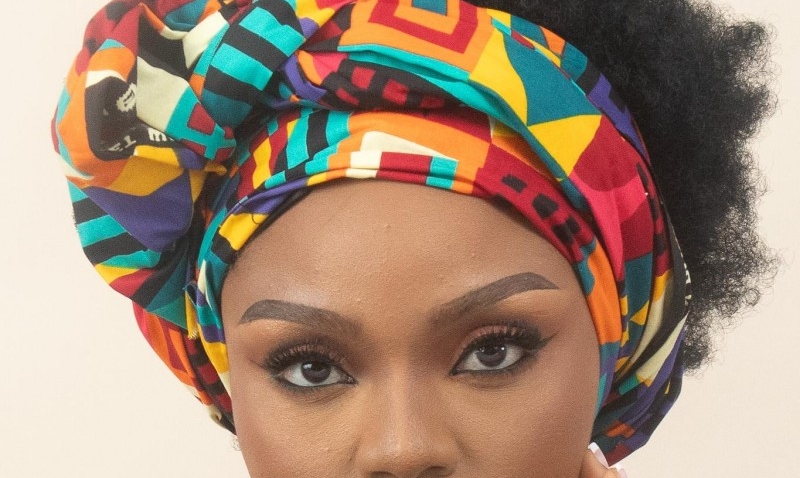
The Cultural Significance and Diversity of African Headdresses
African headdresses are much more than just beautiful accessories; they are profound symbols of cultural heritage, identity, and historical significance. Across the vast continent of Africa, different regions, tribes, and cultures showcase their individuality through the styles, materials, and techniques used to create these stunning pieces. The array of heirloom craftsmanship involved in producing an African headdress is rooted in centuries-old traditions and deeply held beliefs. From colorful wraps and elaborate beaded crowns to striking cloth bands and nature-inspired designs, each piece tells a story, often signifying age, status, or marital status. In cultures where community life flourishes and societal structure plays a pivotal role, the headdress serves as an essential element in traditional ceremonies, festivals, and daily life. As we explore the significance, styles, cultural contexts, and craftsmanship of African headdresses, we gain a deeper understanding of their importance and their enduring legacy in African societies.

The Historical Context of African Headdresses
To appreciate the various styles of African headdresses, we first need to look at their historical context. The tradition of wearing headwear in Africa dates back thousands of years, with evidence found in ancient art, artifacts, and literary sources. Historically, different tribes wore distinct types of headgear, often made from materials that were abundant in their environments. For example, animal hides, plant fibers, and beads were frequently used in creating ornaments that adorned the head.
The history of African headdresses is intertwined with the continent’s political, social, and economic developments. For many tribes, headwear signified rank; warriors, chiefs, and elders crafted elaborate headdresses to denote their importance. As trade networks evolved, headdresses began to incorporate materials and styles from other cultures, enriching the diversity of designs and meanings.
Moreover, the introduction of colonization disrupted many traditional practices surrounding the use of headdresses, yet the cultural significance remained intact. Over time, many African communities revived traditional practices, ensuring that their heritage endured, evolving alongside modern influences while retaining their roots.
Regional Variations of African Headdresses
Africa is home to an incredible range of cultures, and this diversity is vividly displayed in the various styles of headdresses across the continent. The differences often reflect local customs, aesthetics, and the socio-political significance of headwear within each group.
West African Headdresses
West Africa is renowned for its vibrant and creative headdresses, which often feature intricate designs and bold colors. The Yoruba people, for instance, showcase beautifully embroidered caps called “fila,” often worn at festive occasions and significant events. Meanwhile, the Fulani people adorn themselves with magnificent coils and beads, forming layers of necklaces and hairstyles that emphasize beauty and grace.
East African Headdresses
In East Africa, we find headdresses that are distinctive to their respective cultures. The Maasai, known for their striking red attire, often use elaborate beaded designs to create accessories to accompany traditional clothing. Additionally, the Kikuyu people celebrate life stages by adorning themselves in different forms of headdress to denote their age and maturity, highlighting the essential relationships between community and familial expectations.
North African Headdresses
North African headdresses often showcase Islamic influences, featuring beautiful fabrics and intricate designs. The Berbers, for example, wear majestic turbans and scarfs that fill cultural and religious functions. The bright colors and unique patterns are not only a fashion statement but also showcase their ties to their heritage and history.
Southern African Headdresses
In Southern Africa, we see headdresses often made from abundant natural resources. The Zulu in South Africa pride themselves on their traditional beaded crowns, while the Himba women from Namibia wear elaborate hairstyles adorned with ochre and other decorations. Each headdress has cultural significance, often used in rituals and ceremonies that celebrate life events.
The Cultural Significance of African Headdresses
African headdresses serve several significant cultural functions. They are integral to religious ceremonies, festivals, and community events, establishing a visual identity for the person wearing them.
Status and Identity
One of the primary functions of an african headdress is to signify one’s status within a community. In many tribes, specific patterns and styles could denote a person’s role, be it a leader, warrior, or elder. For example, traditional chiefs often wear unique and elaborate headdresses during ceremonies that highlight their authority and connection to tradition.
Additionally, wearing a headdress is a statement of cultural identity. In today’s globalized world, these hats and wraps help maintain a sense of belonging and connection to one’s heritage. They remind individuals of their roots, celebrating who they are, regardless of the political landscape surrounding them.
Ceremonial Importance
Headdresses are also integral during ceremonies, from weddings and births to funerals. For instance, at Zulu weddings, the bride’s headdress often symbolizes purity and her readiness for marriage. Meanwhile, during initiation ceremonies, headdresses symbolize the transition from childhood to adulthood, marking significant cultural milestones in a person’s life.
Similarly, among the Himba people, the headdresses signify marital status—a woman adorned with a specific headdress denotes that she is a married woman, whereas styles worn by young girls are simpler. This tradition reflects the intricate relationship between personal identity and cultural norms.
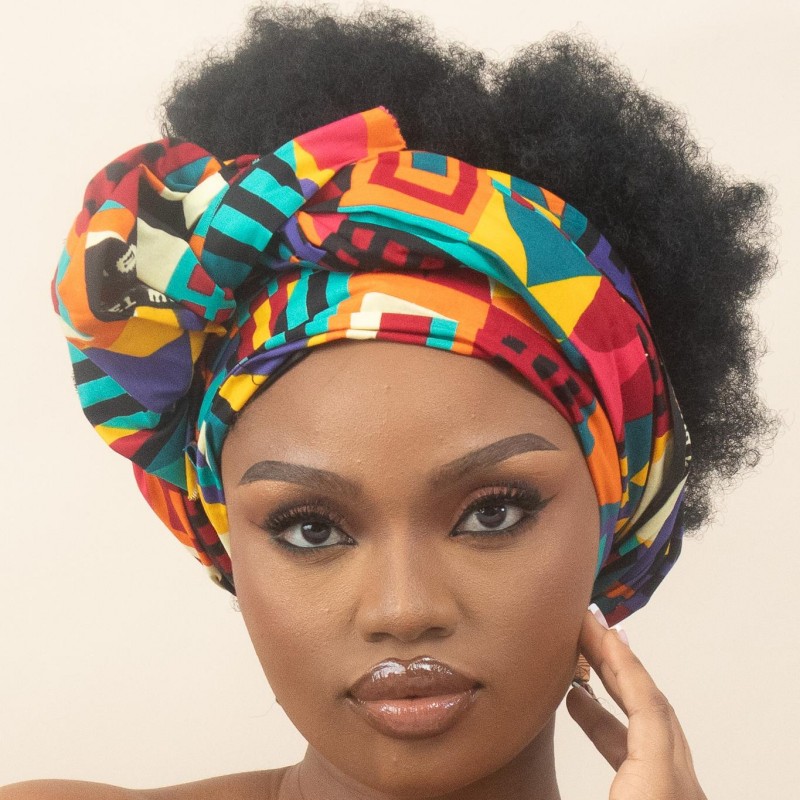
Craftsmanship Behind African Headdresses
The creation of an african headdress involves various techniques that enhance its beauty and significance. Each region may utilize unique methodologies, demonstrating the rich craftsmanship.
Materials
The materials used in crafting these headdresses vary from wood and straw to animal hair and beads. In many cultures, the choice of material goes beyond aesthetics; it often has symbolic value. For example, certain fabrics may be used during rituals, while specific beads may represent social status or achievements within a community.
Techniques
The art of making an african headdress also requires incredible skill and artistry. Many designs are hand-stitched, using techniques passed down through generations. Weaving, beadwork, and embroidery are some common methods employed to create these intricate pieces.
Artisans often personalize headdresses to reflect personal stories, family lineage, or community events. The process can sometimes involve entire communities, where collective efforts produce intricate pieces.
Modern Influences
Though traditional designs reign supreme, modern influences are increasingly making their way into the realm of headdresses. Contemporary designers are experimenting with shapes, materials, and styles, revitalizing interest in traditional African headdresses. Some even collaborate with fashion designers worldwide to introduce these unique pieces into global fashion.
How to Wear and Style African Headdresses
Wearing an african headdress can be an aesthetically pleasing experience if you take the time to learn how to style them correctly. The beauty lies in the fit, the color coordination, and how it integrates with your outfit.
Choosing the Right Headdress
When selecting an african headdress, consider the occasion. For daily wear, go for something simple yet striking. You might opt for a colorful wrap that pairs well with your outfit. For special occasions, explore the more elaborate styles that hold cultural significance.
Techniques for Styling
How you wear your headdress offers a unique opportunity to express your personal style. Here are several tips to consider:
- Balance Your Outfit: If your headdress is vibrant, consider going for neutral clothing to avoid overwhelming the outfit. Conversely, choose complementary colors to enhance the overall look.
- Accessorize Thoughtfully: Pair your headdress with earrings or necklaces that either match or contrast gracefully with the headdress. Avoid too many accessories, so the headdress remains the focal point.
- Experiment with Placement: Depending on the design, you may wear your headdress at varying angles or heights. These small adjustments can change the overall appearance and feel of your look.
- Incorporate Hair: Explore styles that incorporate your hair into the headdress. This adds character to the overall design and maintains comfort.
The Role of African Headdresses in Modern Culture
In today’s interconnected world, cultural expressions, including the wearing of african headdresses, have emerged as a means of promoting heritage and identity.
Fashion Statements
Many fashion enthusiasts and designers today are embracing traditional African headdresses, incorporating them into modern wardrobes. Their vibrant colors and intricate designs make bold fashion statements, allowing individuals to connect with a cultural history while expressing personal style.
Social Movements
Increasingly, the use of african headdresses plays a pivotal role in social movements focusing on decolonization, cultural pride, and identity reclamation. Wearing traditional garments has become a form of resistance against colonial narratives that sought to erase indigenous cultures.
Celebrating Diversity
As we embrace cultural diversity, more people are educating themselves about the history and significance of African headdresses. This appreciation allows for cross-cultural dialogues that celebrate rather than appropriate cultural practices. Sharing knowledge and experiences helps to foster understanding among different communities.
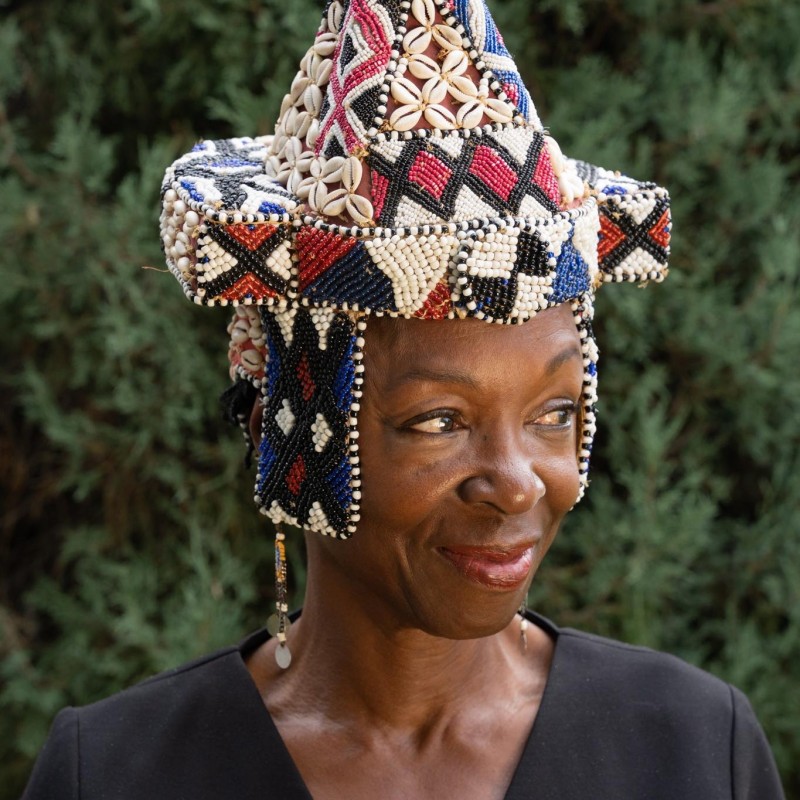
Conclusion
African headdresses represent a rich tapestry of history, culture, and artistry. They are not mere accessories but profound symbols that convey identity, status, and heritage. As we dive deeper into the meaning behind these headpieces, we unearth stories of tradition, craftsmanship, and resilience.
In a world that continuously evolves, the significance of african headdresses remains timeless, bridging the gap between past and present. By wearing or appreciating these headdresses, we honor the artisans who have kept the tradition alive and empower those who wear them with a sense of pride. As we celebrate the cultural diversity that headdresses embody, we recognize their continued role in shaping identities and fostering connections, ultimately leading to a deeper appreciation for the complexity of human experience.
With each unique design and style, the African headdress tells a story, reflecting the beauty and strength of diverse communities. Let us continue to explore and appreciate these majestic symbols, allowing them to lead us in understanding the intricate patterns of culture and tradition.




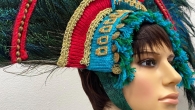

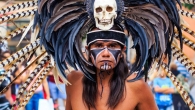
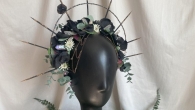
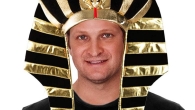
Leave a Reply